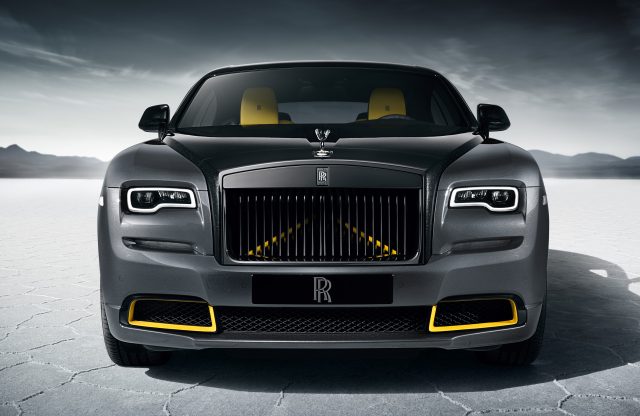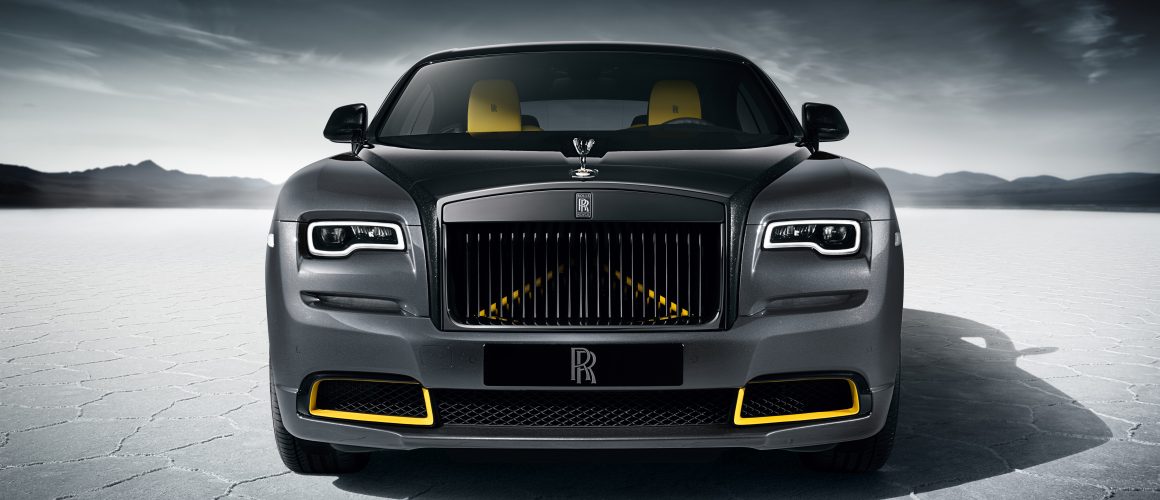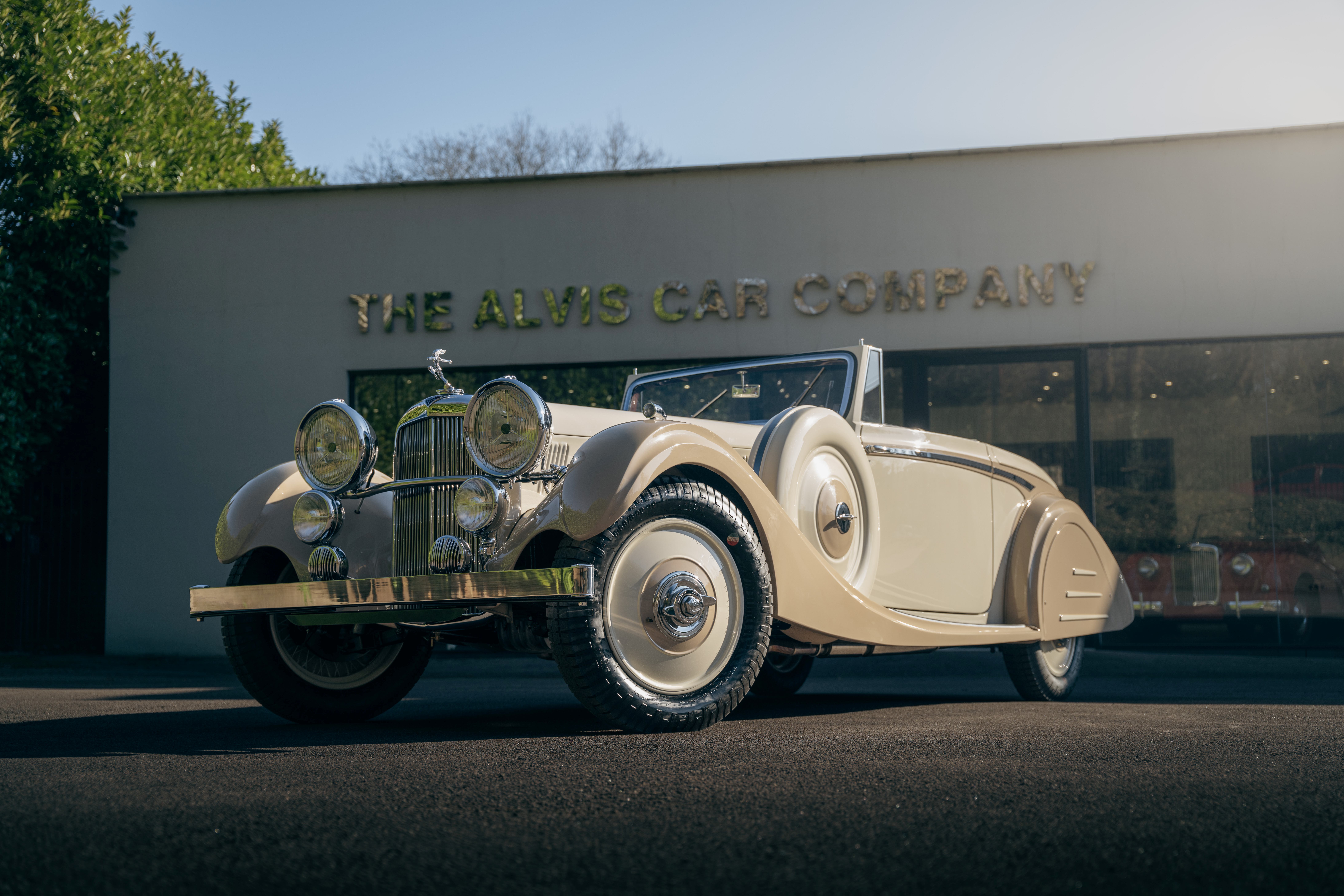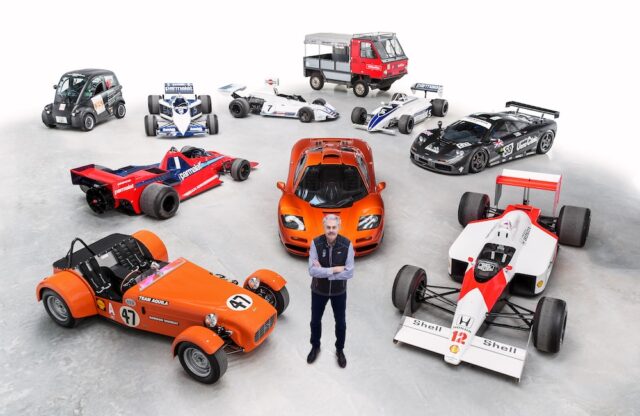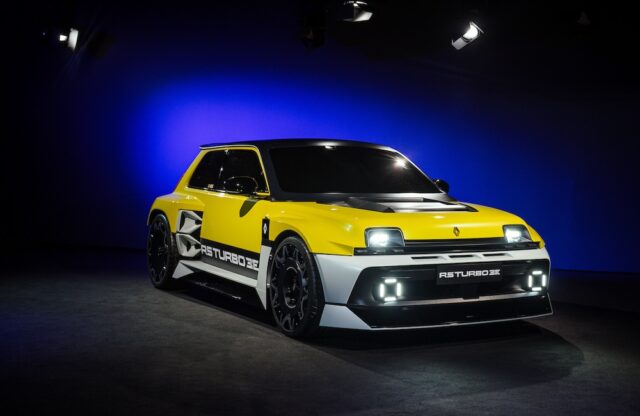Words: Nathan Chadwick | Photos: Bentley
Rolls-Royce is moving to an all-electric future, which means the 12-cylinder engine that has underpinned much of the British marque’s history is on borrowed time. The first model in the range to consign the legendary V12 powerplant to the automotive afterlife is the Wraith coupé.
The Goodwood-based luxury brand is marking the occasion with a 12-strong run of the Black Badge Wraith Black Arrow collection. Both the elongated name and the car’s styling motifs pay tribute to the Thunderbolt World Land Speed Record vehicle of the 1930s. That car used two Rolls-Royce R-type V12 aeroplane engines, powering Captain George ET Eyston to 357.497mph at the Bonneville Salt Flats on September 15, 1938 – a World Land Speed Record. It remains the fastest V12 on Earth, because the method of propulsion used in Land Speed Records changed after World War Two.
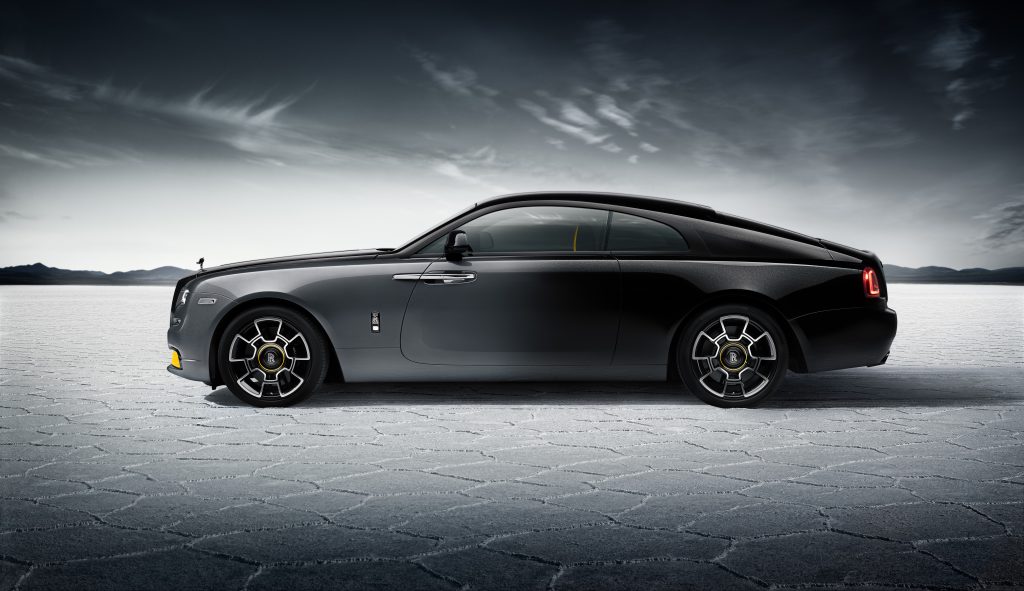
The Black Badge Wraith Black Arrow pays tribute to Thunderbolt with its gradient paint, which transitions between Celebration Silver and Black Diamond. This finish has been overlaid with a glass-infused ‘crystal’ paint, to provide a ‘motion-blur’ effect; to achieve this unique look, it’s been polished for 12 hours to give a glass-like finish. Just setting up this process took 18 months of surface testing and development – according to Rolls-Royce, it’s the most technically complex paint the marque has ever created.
A further nod to history can be seen in the car’s bright-yellow bumper inserts, V-struts and wheel centres. The original Thunderbolt’s polished aluminium body was difficult to pick out against the white terrain of the Bonneville Salt Flats, making precise timing challenging. The solution was to paint a large black arrow along the car’s sides, with a yellow central circle motif. The modern-day yellow theme continues through to the base of the carbonfibre Spirit of Ecstasy.
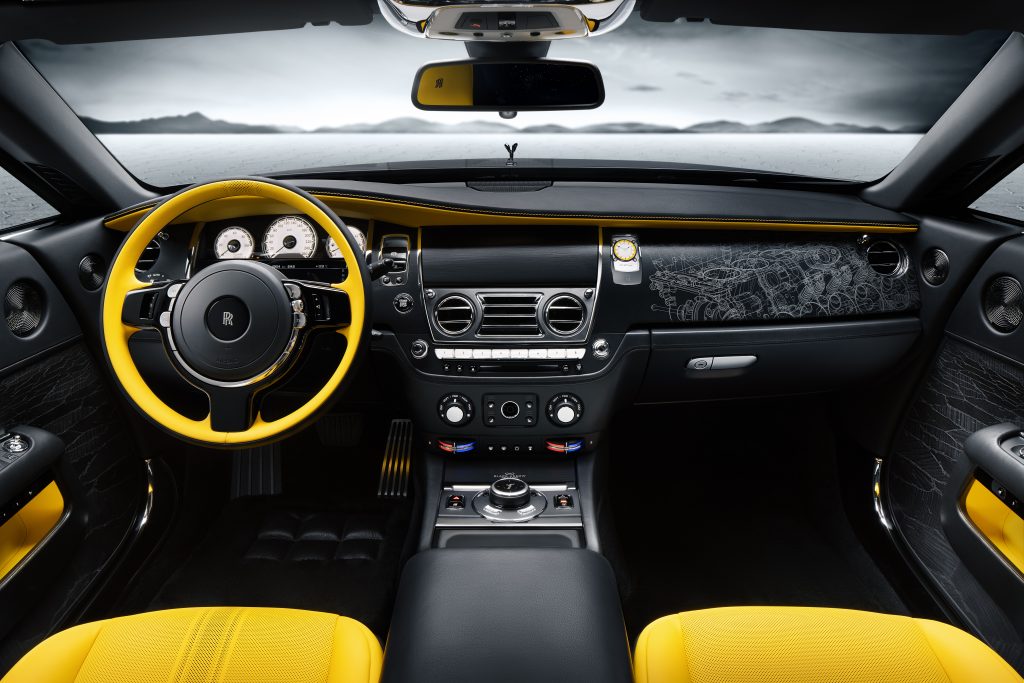
It is repeated inside on the front seats, steering wheel and door pockets, but the cabin also features new ‘Club’ leather on the armrests, seat gussets, transmission tunnel, door detail, door panniers and lower dashboard panel. Rolls-Royce describes this hide as having a greater sheen and deeper black colouration to provide subtle contrast to the matte natural-grain leather.
“The leather’s natural markings are intentionally emphasised to give the interior more visible ‘life lines’, and a closer resemblance to what was described at the time as ‘the club-armchair type of driving seat which George [Eyston] prefers above all others’,” Rolls-Royce explains. The lines on the driver’s seat and steering wheel, meanwhile, are a reference to the black lines Eyston’s team painted on the Salt Flats to help the driver point the Thunderbolt in the right direction at 350mph-plus.
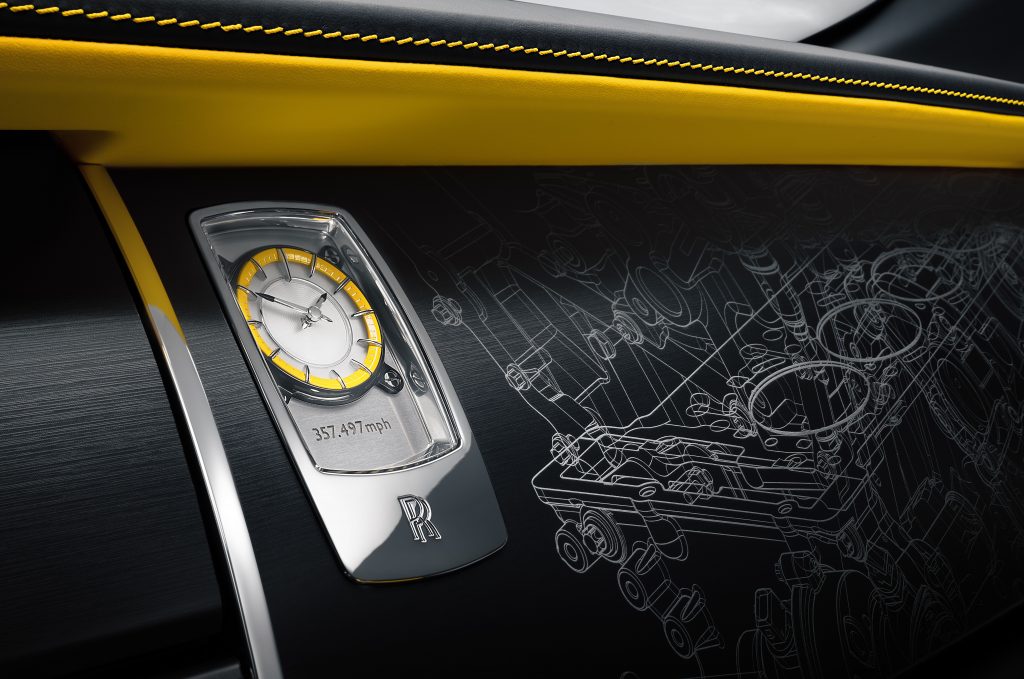
The cabin craftsmanship continues with the V12 legacy facia, which features the Wraith’s engine engraved in a single sheet of black-coated aluminium, while the clock’s yellow bezel references the Thunderbolt’s interior. Its black hand-tips mimic the original car’s side arrows, and the Thunderbolt’s record time sits proudly beneath the clock face. There’s also a bespoke Starlight headliner: incorporating 2117 fibre-optic ‘stars’ arranged by hand, it depicts the night sky exactly as it would have appeared over Bonneville on September 16, 1938.
All 12 examples of the Black Badge Wraith Black Arrow have already been allocated to owners across the world. More details can be found here.
